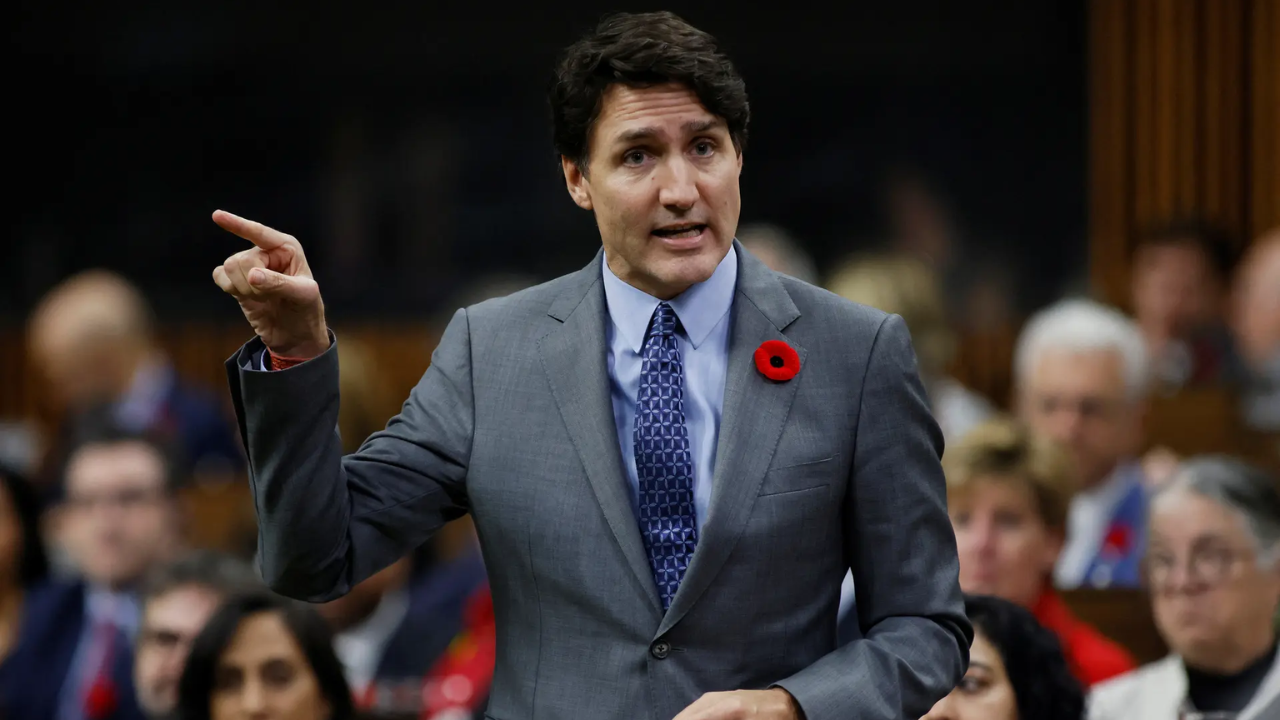Canada’s Bold New Immigration Plan: How Trudeau Aims to Fix the Past and Shape the Future
Canadian Prime Minister Justin Trudeau recently admitted to flaws in the country’s immigration system, citing exploitation by “fake colleges” and large corporations. In a YouTube video, Trudeau reflected on the pressures stemming from Canada’s rapidly growing population, acknowledging mistakes and promising corrective measures. His government is now implementing significant changes to immigration policies, aiming to stabilize population growth and address systemic vulnerabilities.

Revised Immigration Targets
Immigration Minister Marc Miller announced a substantial reduction in Canada’s immigration targets. The number of permanent residents will drop to 395,000 in 2025, down from 485,000 this year. Temporary immigration, including international students and foreign workers, will also see significant cuts. By 2027, Canada will admit just 17,400 new non-permanent residents annually. The government has discontinued the popular Student Direct Stream (SDS) visa program, which has facilitated quick processing for international students. New rules limit post-graduate work permit eligibility to students in fields addressing long-term labor shortages, aiming to curb misuse and mitigate socioeconomic pressures.
Economic Growth and Its Challenges
Reflecting on Canada’s post-pandemic recovery, Trudeau noted the rapid economic rebound and the urgent need for workers. Temporary foreign workers became crucial in addressing labor shortages, fueling economic growth, and averting a recession. However, this approach had unintended consequences, with some corporations and institutions exploiting the system for profit. Trudeau highlighted the housing crisis and rising cost of living as major factors behind the policy changes. He emphasized the need to balance population growth with housing availability, enabling communities to adapt to increased demands on infrastructure and public services.
Addressing Temporary Residents and Asylum Policies
Under the revised guidelines, temporary residents nearing visa expiration may consider the asylum system. However, Trudeau clarified that failed asylum claims would result in deportation. This approach aims to manage population growth while maintaining fairness in immigration processes.
Strained India-Canada Relations
The policy overhaul coincides with heightened tensions between India and Canada. Allegations of India’s involvement in the killing of Hardeep Singh Nijjar, a Canadian citizen labeled a terrorist by India, have strained diplomatic ties. Both nations have taken retaliatory measures, with Canada facing criticism over its alleged support of pro-Khalistani elements.
Aligning Immigration with Workforce Needs
Trudeau defended the changes, stating they would prioritize permanent residents with skills aligned to critical sectors such as healthcare and construction. The pause in immigration growth allows Canada to strengthen its housing stock and address cost-of-living challenges.

By limiting temporary residents to 5% of the total population and reducing permanent resident targets, Canada seeks to strike a balance between labor market demands and infrastructure capacity, ensuring a sustainable path forward. Trudeau acknowledged the exploitation within the system but reaffirmed his commitment to a fair and effective immigration policy that supports both economic growth and the well-being of Canadian communities.


Comments are closed, but trackbacks and pingbacks are open.